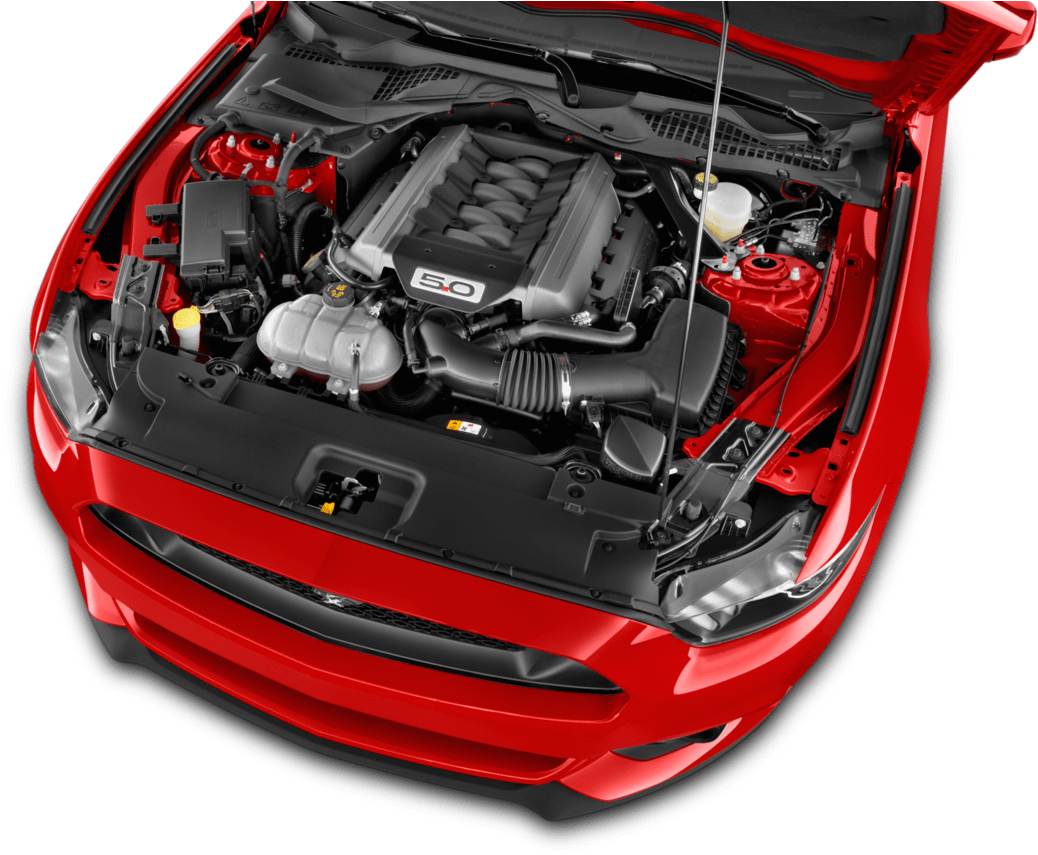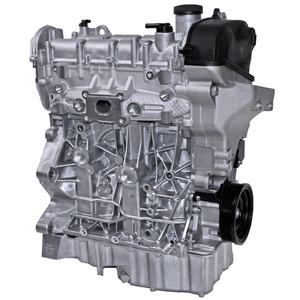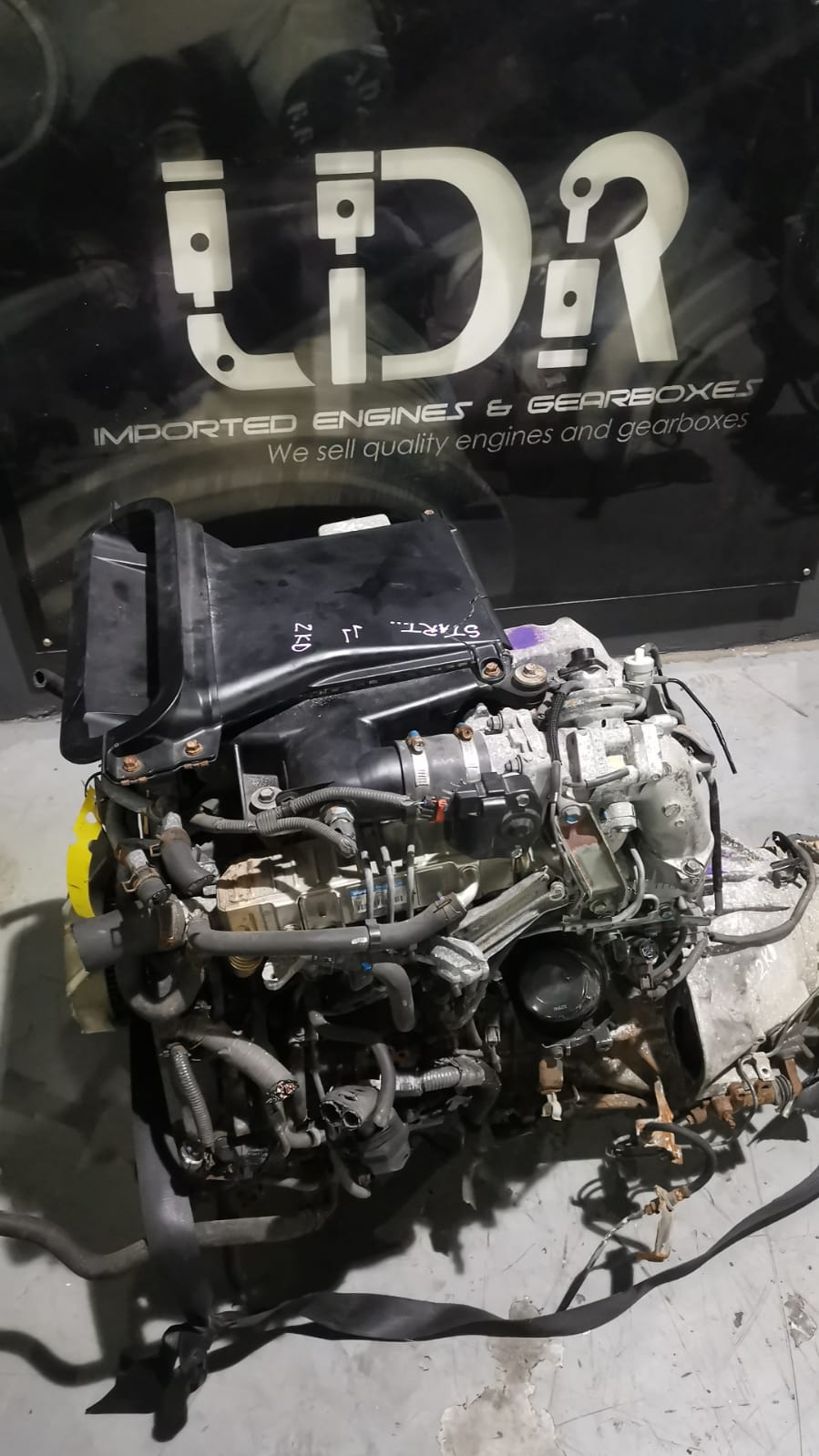Opel Corsa Engine: Top Tips for Maintenance and Care
Opel Corsa Engine: Top Tips for Maintenance and Care
Blog Article
Discovering the Inner Operation of a Compact Vehicle's Engine System
As motorists, we frequently take for given the elaborate procedures that occur within the confines of our car's engine system. In this expedition of a portable vehicle's engine system, we will certainly decipher the internal functions of this mechanical harmony, shedding light on the enigmas that drive us ahead on our everyday trips.
Burning Refine Overview
The combustion process in a small automobile's engine system is an essential device that successfully converts gas right into power to power the automobile. This procedure occurs within the combustion chamber of the engine, where fuel and air mix, spark, and create controlled surges. The combustion process includes four major stages: consumption, compression, exhaust, and power.
During the intake stage, the piston moves downward, pulling in a mix of air and gas right into the burning chamber. The next phase, compression, entails the piston moving up, pressing the air-fuel mixture to raise its potency. Subsequently, in the power phase, the ignition system fires up the compressed combination, leading to a fast growth of gases that requires the piston pull back. This downward activity creates the power needed to drive the vehicle. In the exhaust phase, the burnt gases are gotten rid of from the burning chamber through the exhaust shutoff, preparing the chamber for the next cycle. This cyclic burning procedure is basic to the procedure of a compact automobile's engine system, making sure reliable energy conversion for propulsion.
Piston and Cylinder Interaction

The piston's exact fit within the cyndrical tube is crucial for maintaining optimal compression and avoiding power loss throughout combustion. Limited clearances in between the piston and cyndrical tube wall surfaces make certain efficient sealing, enabling the piston to relocate smoothly without enabling gases to leak past. Proper lubrication is likewise crucial to minimize rubbing and wear in between these parts, improving long life and efficiency.
Additionally, the layout and products used in manufacturing the piston and cyndrical tube impact engine efficiency and durability. Modern engines usually use lightweight yet long lasting materials like light weight aluminum alloys for pistons and cylinder liners to reduce inertia and improve thermal efficiency. On the whole, the harmonious communication in between the piston and cyndrical tube is fundamental to the engine's performance and overall performance.
Gas Injection System Performance
Fuel injection systems in portable car engines play a crucial function in exactly supplying gas to the combustion chamber for regulated and efficient ignition. The fuel injection system works by infusing gas into the burning chamber at the optimal moment throughout the engine's operation (opel corsa engine). This accurate timing ensures that the fuel blends uniformly with the air for correct burning, bring about boosted gas effectiveness and lowered discharges
There are primarily 2 sorts of gas shot systems utilized in small automobile engines: port fuel shot (PFI) and straight gas injection (DFI) PFI systems infuse fuel into the intake port prior to the consumption valve, while DFI systems inject gas directly right into the combustion chamber. Both systems have their advantages, with DFI providing much better fuel atomization and PFI providing a much more cost-effective option.
Recognizing Engine Cooling Systems
Reliable operation of a small lorry's engine counts greatly on the efficiency of its cooling mechanisms. Engine cooling is necessary to prevent getting too hot, which can lead to major damages and lowered performance. The cooling system in a small lorry commonly consists of several parts collaborating to control the engine temperature. One crucial component is the radiator, which utilizes coolant to absorb warmth from the engine. As the warm coolant flows through the radiator, it releases warmth into the air, cooling down prior to going back to the engine. The water pump distributes the coolant through the engine and radiator, making sure a constant circulation to control temperature level. In addition, the thermostat helps control the coolant circulation to preserve optimal engine temperature. Some lorries additionally have cooling fans that turn on when additional cooling is needed, such as throughout heavy website traffic or heat. Comprehending these engine air conditioning devices is vital for maintaining the efficiency and longevity of a small vehicle's engine system.

Exhaust System Components Explained
The ideal performance of a compact vehicle's engine air conditioning devices depends on a complementary system called the exhaust system, which makes up numerous essential elements for making sure see post effective emissions and engine performance. The exhaust system consists of parts such as the exhaust manifold, catalytic converter, muffler, and tailpipe. The exhaust manifold gathers exhaust gases from the engine's cylinders and paths them to the catalytic converter. The catalytic converter then transforms damaging toxins in the exhaust into less harmful exhausts before launching them through the muffler and tailpipe.
One important component of the exhaust system is the oxygen sensing unit, which checks the oxygen levels in the exhaust gases to aid regulate fuel usage and make sure optimal engine performance. opel corsa engine. Additionally, the resonator might exist in some exhaust systems to lower sound levels. On the whole, the exhaust system plays a crucial function in keeping engine effectiveness, lowering unsafe exhausts, and making certain a quieter driving experience for small automobile proprietors

Final Thought
To conclude, the small automobile's engine system is a complex combination of elements that collaborate to promote the burning process, convert fuel right into energy, and remove waste gases. Recognizing the inner functions of the engine system, including the piston and cylinder interaction, gas injection system, engine air conditioning mechanisms, and exhaust system elements, is essential for keeping optimal performance and effectiveness of the go to my site car.
The burning procedure in a compact car's engine system is a critical device that efficiently converts fuel into energy to power the car.Fuel injection systems in small vehicle engines play a crucial duty in exactly providing fuel to the burning chamber for controlled and reliable ignition.There are largely 2 types of gas injection systems utilized in portable automobile engines: port fuel shot (PFI) and direct gas injection (DFI) Understanding these engine cooling mechanisms is crucial for preserving the efficiency and long life of a small find this automobile's engine system.
The optimal performance of a portable car's engine cooling systems depends on a corresponding system understood as the exhaust system, which makes up numerous vital components for guaranteeing effective emissions and engine performance.
Report this page